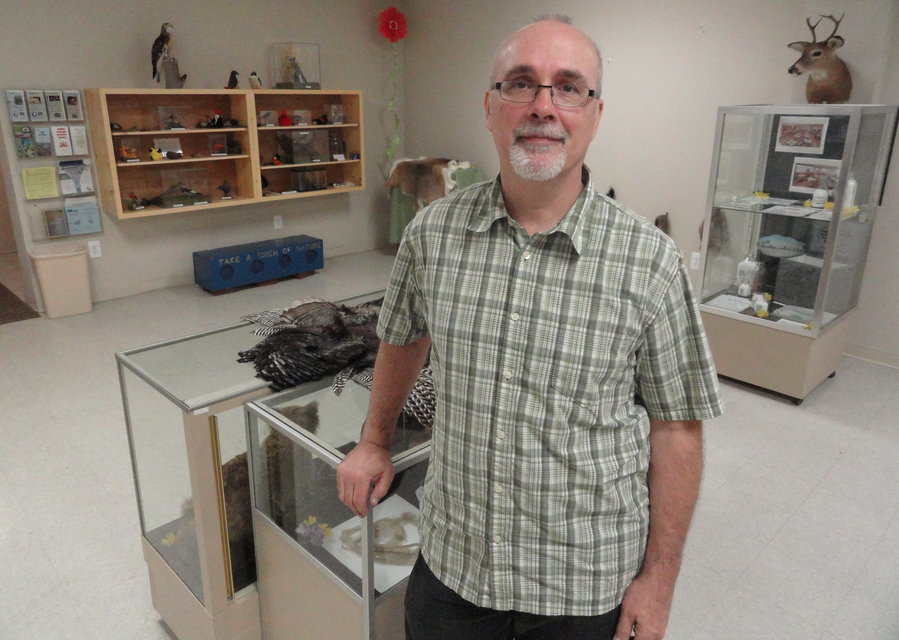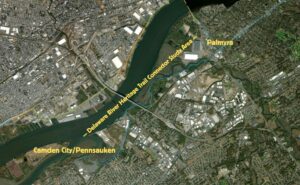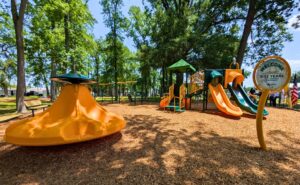 John Nystedt, a landscape architect with the Delaware Riverkeeper Network, crafted a master site plan for the town Environmental Center on Ormond Avenue. Credit: Matt Skoufalos.
John Nystedt, a landscape architect with the Delaware Riverkeeper Network, crafted a master site plan for the town Environmental Center on Ormond Avenue. Credit: Matt Skoufalos. John Nystedt, a landscape architect with the Delaware Riverkeeper Network, crafted a master site plan for the town Environmental Center on Ormond Avenue. Credit: Matt Skoufalos.
John Nystedt, a landscape architect with the Delaware Riverkeeper Network, crafted a master site plan for the town Environmental Center on Ormond Avenue. Credit: Matt Skoufalos.

